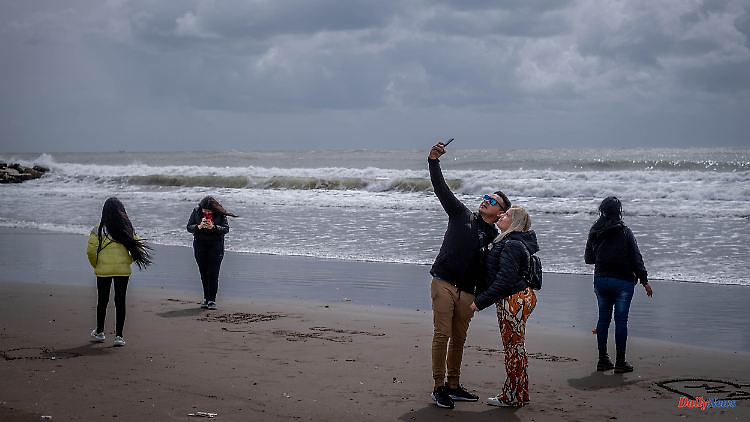This summer is very hot in Argentina: The eighth heat wave is already sweeping the country at the beginning of the week - with temperatures of up to 40 degrees Celsius. But then the temperatures drop rapidly within a few days. Now they're just single digits. Blame La Niña.
In Argentina, the weather has gone from record-breaking heat to extreme cold five days apart. As reported by the national weather service, a daily high of 38.1 degrees Celsius was measured in the capital Buenos Aires last Sunday - and on Thursday it was 7.9 degrees Celsius, the lowest value recorded in February since 1951. According to meteorologists, the drastic temperature is hanging weather change together with the weather phenomenon La Niña.
First of all, Argentina had to deal with the eighth heat wave of the summer this week, with temperatures rising to up to 40 degrees in the center and north of the country. On Friday, however, snow fell on low peaks in the Sierra de la Ventana mountains, some 560 kilometers west of Buenos Aires, for the first time since records began for this time of year. In Buenos Aires, the minimum temperature dropped to just four degrees.
According to meteorologist Christian Garavaglia, the cold snap was caused by air masses from Antarctica flowing from Chile over the Andes to Argentina. This "extreme fluctuation" is believed to be caused by a particularly strong expression of La Niña. The fact that the air and soil are drier as a result of the phenomenon makes particularly violent temperature changes possible.
In a way, La Niña is the counterpart to El Niño, which mainly brings warm temperatures with it. According to the German Weather Service, the weather phenomenon that has now brought the cold to Argentina is accompanied by stronger easterly tropical trade winds and is causing more intense low-pressure activity over the Indonesian archipelago.












